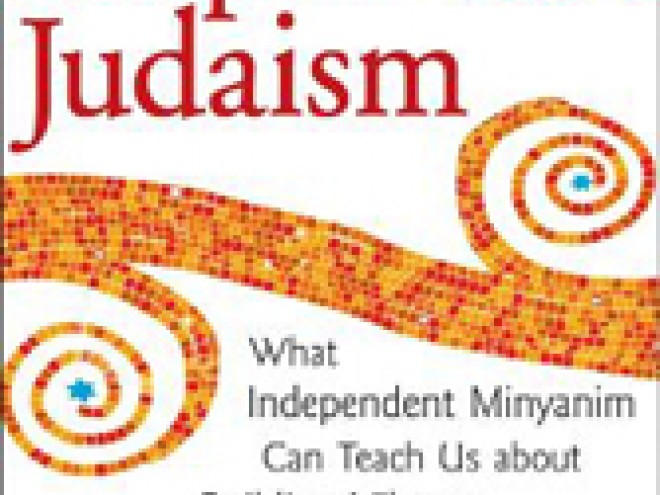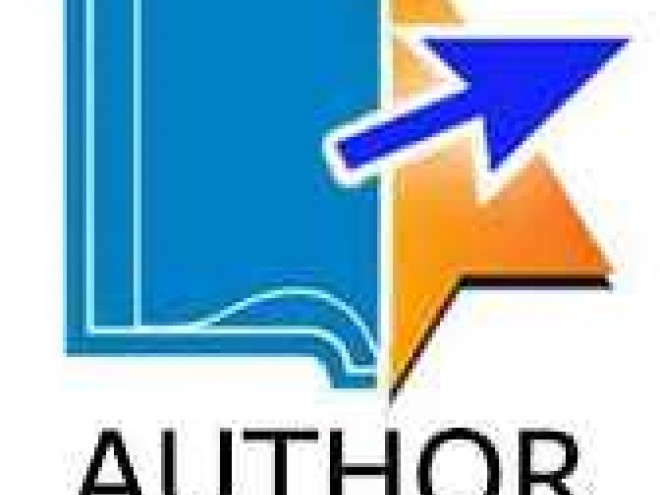By
– August 25, 2011
According to one of the contributors cited by Rabbi Elie Kaunfer in his excellent new book, Empowered Judaism, “Describing [independent minyanim] remains challenging even today, because just as every Israelite at Sinai is said to have received the Torah differently, each of our participants has his or her own perspective on what makes the community vibrant and special.” Nonetheless, Empowered Judaism sets out to do just that, describing the independent minyan phenomenon on a generational, communal and individual level. The generation of Jews currently in their twenties and thirties, Rabbi Kaunfer convincingly and cogently argues, interprets Judaism in a way that is unique from Jews of other generations through the lens of egalitarianism, Israel, effective Jewish education, a desire for spiritualism in communal worship, and other key factors. Moreover, each individual community (and indeed, individuals within each of these communities) finds within the defining structure of the independent minyan a specific balance and constellation of beliefs and practices that reflects its own composition and values.
Empowered Judaism alternates effectively between the descriptive and prescriptive. It movingly describes the profound effects that independent minyanim have had on the individual and on the Jewish community, using the example of the community that Rabbi Kaunfer helped create, Kehilat Hadar on the Upper West Side of New York City. Rabbi Kaunfer explains both the values that animated the decision to establish Hadar and, critically, the implementation of these values to form a coherent and vibrant community. He does not shy away from describing the difficult decisions that were made by the founders, nor the compromises that those decisions inflicted on the sometime conflicting values animating the establishment of the minyan. He also persuasively responds other Jewish institutions’ reactions to, and criticisms of, the independent minyan phenomenon. While Rabbi Kaunfer perhaps gives somewhat short shrift to the influences earlier movements have had on the evolution of the independent minyanim, he does offer a brief overview of historical trends that is useful in understanding how these minyanim have come to be.
The book then moves into the realm of the prescriptive, offering practical advice to future independent minyan organizers. Rabbi Kaunfer gives solid advice on starting one’s own prayer community and then goes a step further to consider how Jews become “empowered” — through communal learning and spiritual exploration — and what this type of empowerment offers to a population hungering for a deeper and more profound connection to Judaism. Critically, Rabbi Kaunfer effectively tackles the “now what” question — what effect independent minyanim can have on the larger Jewish community, and what will happen to members of these communities as they begin to have families and move out of the urban centers that generally are the locus of this new type of community. If Rabbi Kaunfer is right, and these minyanim, developed in reaction to the unique upbringing, culture and historical moment that shaped today’s young adults, are the beginning of a reinvigoration of Jewish learning and activism, his most important contribution is not the book itself but rather his engagement with this vibrant population and the movement inspired by his efforts to teach and to lead.
Why Bake Your Own Matzah?
Imagine You Don’t Know How To Read A Novel
Read Elie Kaunfer’s Posts for the Visiting Scribe
Synagogues and SettlementsWhy Bake Your Own Matzah?
Imagine You Don’t Know How To Read A Novel
Ilana Friedman Ehrlich graduated from Barnard College in 2004. She is a regular attendee at Kehilat Hadar and an attorney practicing in New York City.




